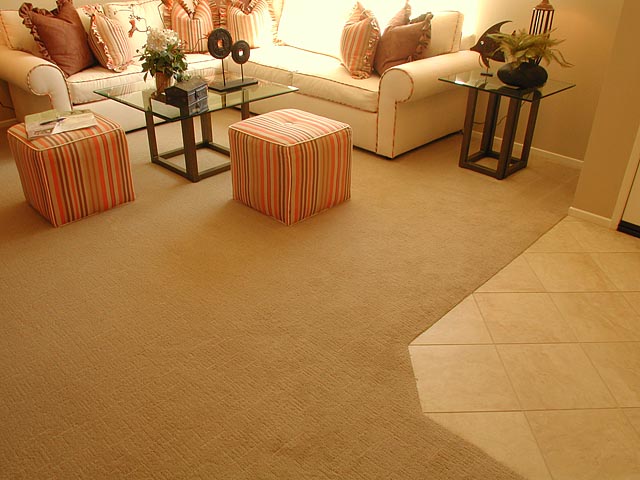
There is no such thing as standardized carpet ratings. Some companies may generate their own carpet ratings either to distinguish amongst the different carpets they produce or to show favorable comparisons over other companies.
Be suspicious of any carpet manufacturer who says their carpet is superior by throwing out some kind of performance rating. This doesn’t necessarily mean you are being swindled or even that the ratings have no basis, but the ratings system has probably been created to ensure their product looks as good as possible.
Carpet Cushion/Pad
While carpet itself has no standardized performance ratings, carpet cushions—one of the most important components of any carpet installation—have a couple different statistical measures that can tell you how your carpet will perform. Too often, homeowners focus on carpet fibers, when the carpet cushion has a much larger impact on performance. You might think a thicker carpet cushion is better, but the key is actually density. A thinner, denser carpet cushion will absorb foot traffic, preventing the fibers from detaching from the cushion.
Carpet Insulation
Carpet cushions may also have different insulation values. This can be an issue, especially, if you’re installing carpet above a concrete slab. In this case, it is often best to install insulation underneath the carpet cushion. Fiberboard insulation, made from recycled newspaper, can create an insulation value of 3.0 or greater. This will all but guarantee your carpet never gets cold, but you’ll still need to purchase a quality cushion to make your carpet last.
Dense carpet pads and fiberboard insulation will also help provide sound insulation. This is an important consideration for second-story rooms that may require floors that will dampen noise from the floor below. When purchasing carpet or fiberboard insulation, ask about sound insulation performance, as well as heat insulation values.
Carpet Fibers
Carpet fibers are more about different characteristics than overall performance. An Olefin or polyester carpet fiber is cheaper than many of the alternatives and is a strong fiber that is ideal for high traffic areas. The fiber is so strong, though, that it is more difficult to clean and can gather grime easier than other fibers. Wool or acrylic fibers have a softer, plusher feel. These fibers are more easily worn down, but the fibers that wear and shed are often the fibers that collect grime. This keeps the carpet cleaner and brighter than the synthetic fibers. These fibers are better for bedrooms and other rooms that have less traffic.
Carpet Warranties
Purchasing a carpet with a warranty is never a bad idea, but it probably shouldn’t be the decisive factor when choosing which carpet to purchase. Most homeowners will decide to have their carpet replaced before their warranty expires. Carpet stains, pet damage, and other wear-and-tear will often lead a homeowner to buy new carpet.
Some kinds of carpet damage may void a warranty, or warranties can simply be indicators of a carpet’s characteristics. A carpet with a stain warranty may be prone to fading from sunlight. Carpet with a no-fade warranty may be prone to staining. It’s important to realize what assurances specific warranties make and how important that warranty is compared to the general performance of your carpet.
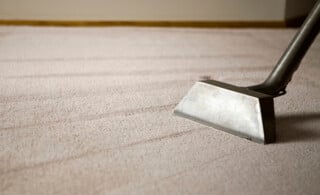 Is Your Carpet Cleaner Good for Your Health and the Environment?
Is Your Carpet Cleaner Good for Your Health and the Environment? 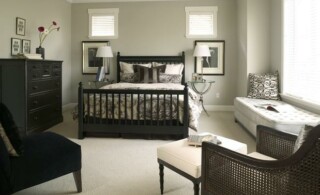 Is Carpet Dyeing the Right Option For You?
Is Carpet Dyeing the Right Option For You?  How to Remove Pet Odor From Your Carpets
How to Remove Pet Odor From Your Carpets 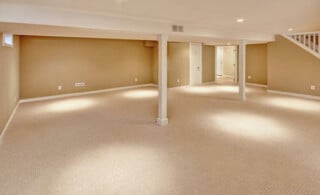 Berber Carpets
Berber Carpets 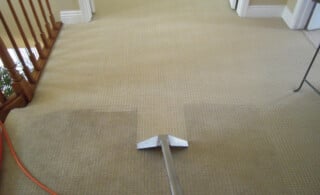 Carpet Care Tips
Carpet Care Tips 

I have dogs that sometimes scratch at carpet to get a comfortable spot, especially my chiwawwa. Is a high pile ok to get or stick Should I stick with the normal kind of carpeting?